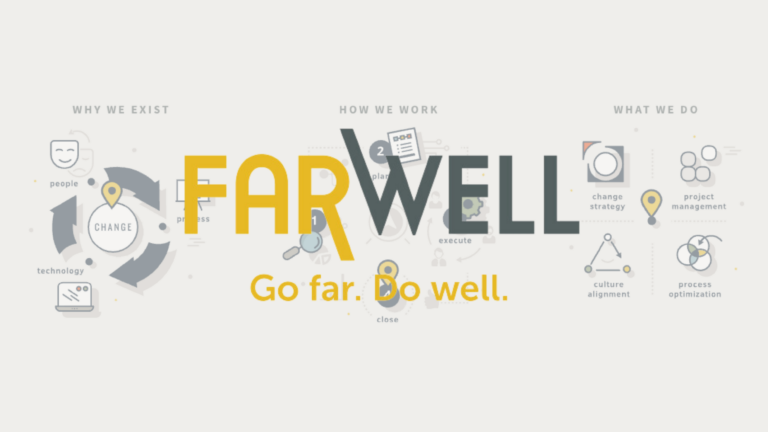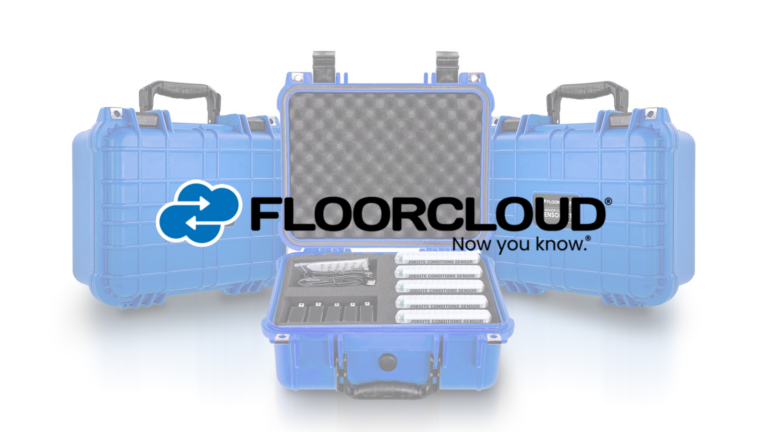According to the Harvard Business Review, a staggering 80 percent of presentations are now delivered remotely. However, even though remote presentations are convenient and flexible, they do present a challenge: building trust with a remote audience.
The Trust Deficit in Remote Presentations
In a face-to-face setting, building trust often relies on non-verbal cues, physical presence, and personal interactions. These elements are essential to establish a connection, create a sense of authenticity, and foster engagement. In a remote setting, these cues are often diluted, which leads to a trust deficit between the presenter and the audience.
We will help you navigate these challenges and create an engaging remote presentation with the 8 tips below.
Create Trust in a Remote Setting
1. Nail Your Online Presence
Just as you would dress professionally and maintain eye contact during an in-person presentation, virtual presence is equally important. Choose a clutter-free and professional background, ensure proper lighting, and position your camera at eye level. Maintain direct eye contact with the camera to create a feeling of connection with your remote audience.
2. Convey Transparency
Clearly communicate your objectives of the presentation upfront. Show your agenda and the topics you’ll cover. This not only sets a tone of honesty but also helps the audience understand the value they’ll get from the presentation.
3. Open with Authenticity
Start your presentation with a relatable story to establish your authenticity and create an immediate connection with your audience. Authenticity helps build trust, since it shows you can be genuine and transparent.
4. Engage Your Audience
A major advantage of remote presentations is the ability to use interactive tools. Use features like live polls, Q&A sessions, and breakout rooms to encourage audience participation. When attendees actively engage, they feel more invested in the presentation. This leads to a higher level of trust in the content and the presenter.
5. Communicate with Empathy
The lack of physical proximity in remote presentations can sometimes make you appear distant. But, you can counter this with empathetic language, acknowledge challenges your audience may have, and show understanding.
6. Use Simple Visuals
Visuals like slides, videos, or gifs, can help you convey your message in an impactful way. Keep your slides simple, use visuals and concise text to support your message. Avoid information overload and clutter, keep the text short and the font large.
7. Vary Your Voice and use Gestures
Even though non-verbal cues are limited in a remote setting, you can still use body language and vocal variation to your advantage. Gesture appropriately, maintain a steady pace of speech, and vary your tone to show enthusiasm and keep your audience engaged.
8. Send a Follow-up
You can continue to build trust even after your presentation ends. Send a follow-up email with key points and provide additional resources. Encourage further questions and feedback to show your commitment to helping your audience.
Nail your Presentation Delivery and Build Lasting Trust
The ability to build trust with a remote audience is a valuable skill that can set you apart as a presenter. When you master the strategies above, you can bridge the gap between physical distance and emotional connection. This ensures your remote presentations are not only informative but also build lasting trust with your audience.
Did you know AirDeck can help you deliver an asynchronous presentation with audio and video voiceovers? Nail your presentation delivery, then allow your audience to view it on their time. Get started for free.













